This model is considered a breakthrough in green energy development - both saving maintenance costs and helping to preserve the environment and biodiversity.
In the context of increasing demand for clean energy and increasing pressure to protect the environment, the model of combining solar energy and livestock farming is attracting special attention. A recent example is the Lafitte Solar project - a 100 MW solar farm in Ouachita Parish, near Monroe City, Louisiana, USA - where more than 600 sheep are let loose under rows of solar panels to... "cut grass".
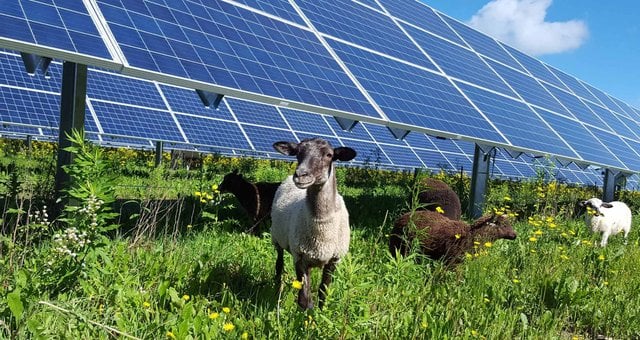
(Illustration)
The most notable feature of this model is the use of sheep as natural “lawn mowers” - replacing traditional gasoline lawn mowers. According to Mr. Cody Hoffman - project manager at RWE Clean Energy, “Sheep are the best animals to graze under solar panels. Cows can damage the panels, goats climb and chew everything. Sheep are gentle, calm and just like to eat grass.”
Not only does grazing sheep help control vegetation – preventing tall weeds from shading the panels – it also reduces the operating and maintenance costs of the photovoltaic system. At the same time, the agrivoltaic model also brings many environmental benefits: it protects the soil from erosion, maintains biodiversity, and provides habitat for many species of plants and wildlife in the area.
Not only stopping at the technical aspect, Lafitte Solar also shows the potential for local economic development. Maintaining sheep farming creates jobs and a relatively stable source of income for the people, while transforming the solar farm from a "pure energy production" model into an "energy - agriculture - environment ecosystem".
The model of combining agriculture and renewable energy is not a new trend, but with a scale of 100 MW and a number of sheep up to 600, Lafitte Solar is considered by many experts to be a clear demonstration of a creative, effective and sustainable approach in green energy development.
However, experts also emphasize that this model needs to be strictly managed - from ensuring the safety of the sheep, avoiding damage to the solar panels, to monitoring terrain conditions, climate and environmental sanitation. Grazing also needs to comply with the principles of density and crop rotation to ensure sustainable development and long-term effectiveness.
In the context of Vietnam also promoting the development of large-scale solar power projects, a model like Lafitte Solar can be a useful suggestion. If applied properly - that is, combining renewable energy + agriculture or livestock - it will create double benefits: generating electricity, protecting the environment, and at the same time helping local people develop their livelihoods.
Experts recommend that, in addition to building infrastructure and connecting to the grid, the government and investors should consider “wind pre-treatment”, environmental protection and community development - turning each solar power project into a real “green core”, not simply a power plant.
With Lafitte Solar, when the solar panels "catch the sun" in unison, and the sheep leisurely graze under them, it is an affirmation that renewable energy and nature can go together - if we know how to design and respect the ecological balance.
Source: https://doanhnghiepvn.vn/cong-nghe/trang-trai-dien-mat-troi-100-mw-ket-hop-chan-nuoi-cuu-mo-hinh-ben-vung-hut-su-chu-y/20251126023916367


![[Photo] VinUni students' emotions are sublimated with "Homeland in the Heart: The Concert Film"](/_next/image?url=https%3A%2F%2Fvphoto.vietnam.vn%2Fthumb%2F1200x675%2Fvietnam%2Fresource%2FIMAGE%2F2025%2F11%2F26%2F1764174931822_10-3878-jpg.webp&w=3840&q=75)
![[Photo] Close-up of heavy damage at the school located on the banks of the Ban Thach River](/_next/image?url=https%3A%2F%2Fvphoto.vietnam.vn%2Fthumb%2F1200x675%2Fvietnam%2Fresource%2FIMAGE%2F2025%2F11%2F26%2F1764152130492_ndo_bl_img-8188-8805-jpg.webp&w=3840&q=75)




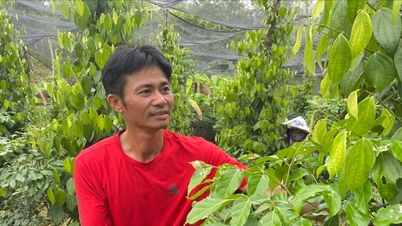

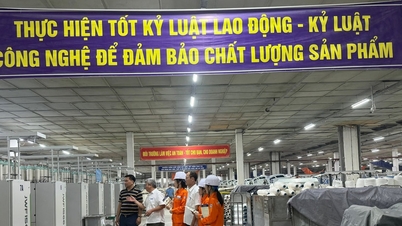

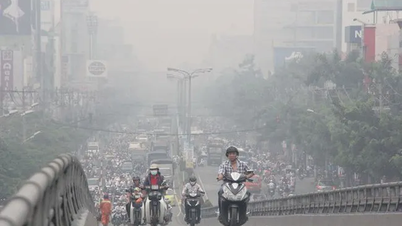



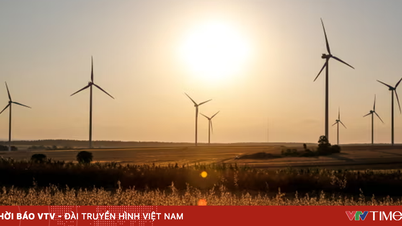







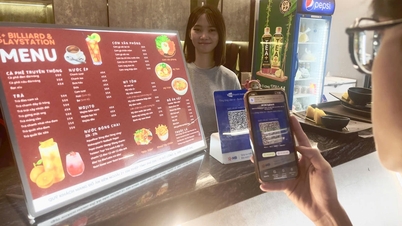









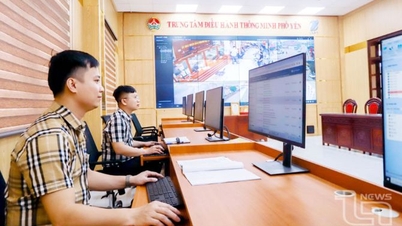
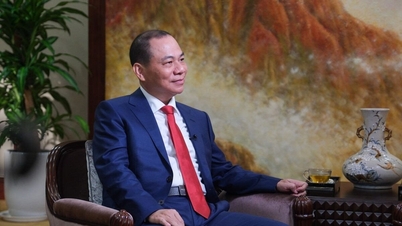

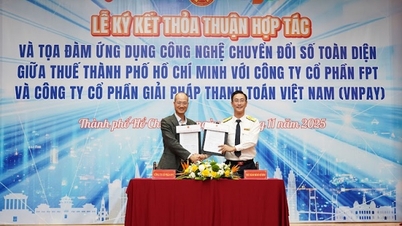







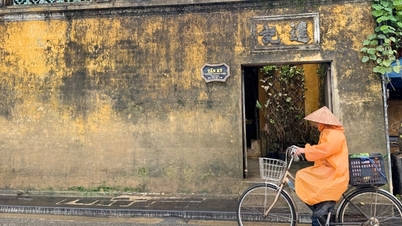



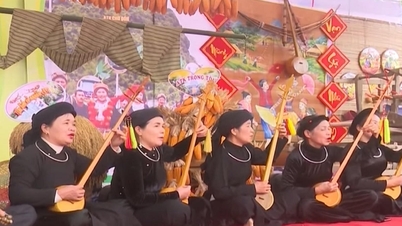





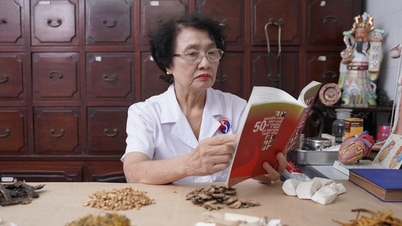

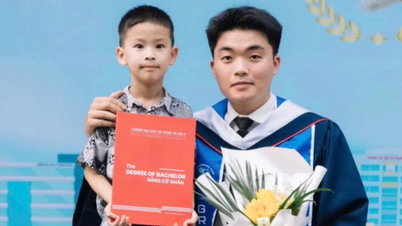

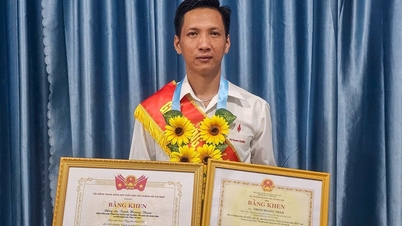





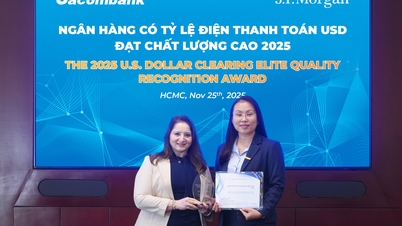

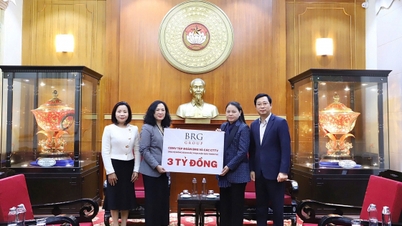










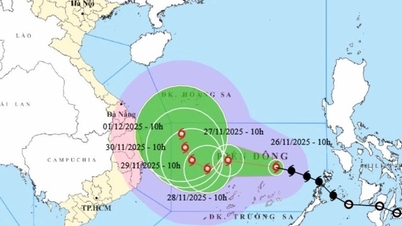
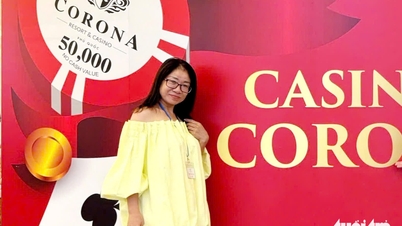



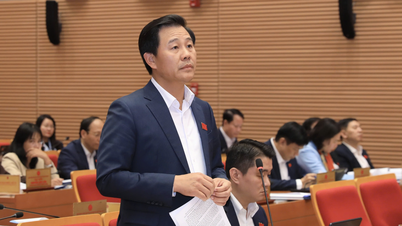
![[Photo] Opening of the 28th Session of the Hanoi People's Council](https://vphoto.vietnam.vn/thumb/402x226/vietnam/resource/IMAGE/2025/11/26/1764155991133_image.jpeg)














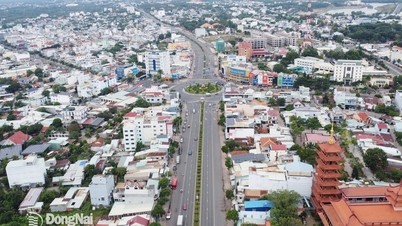














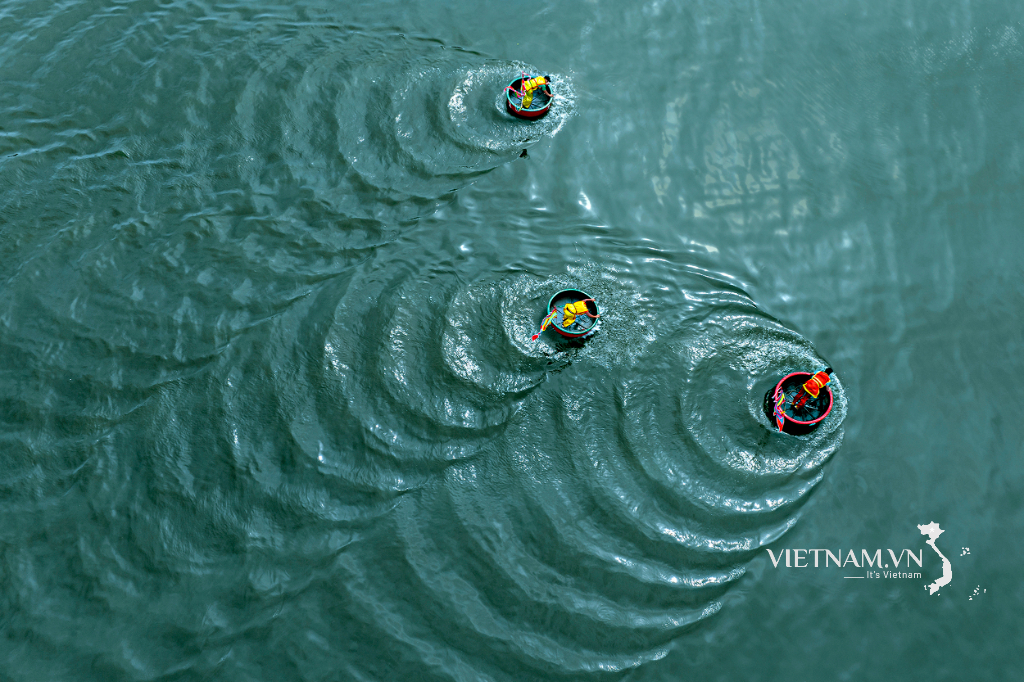


Comment (0)